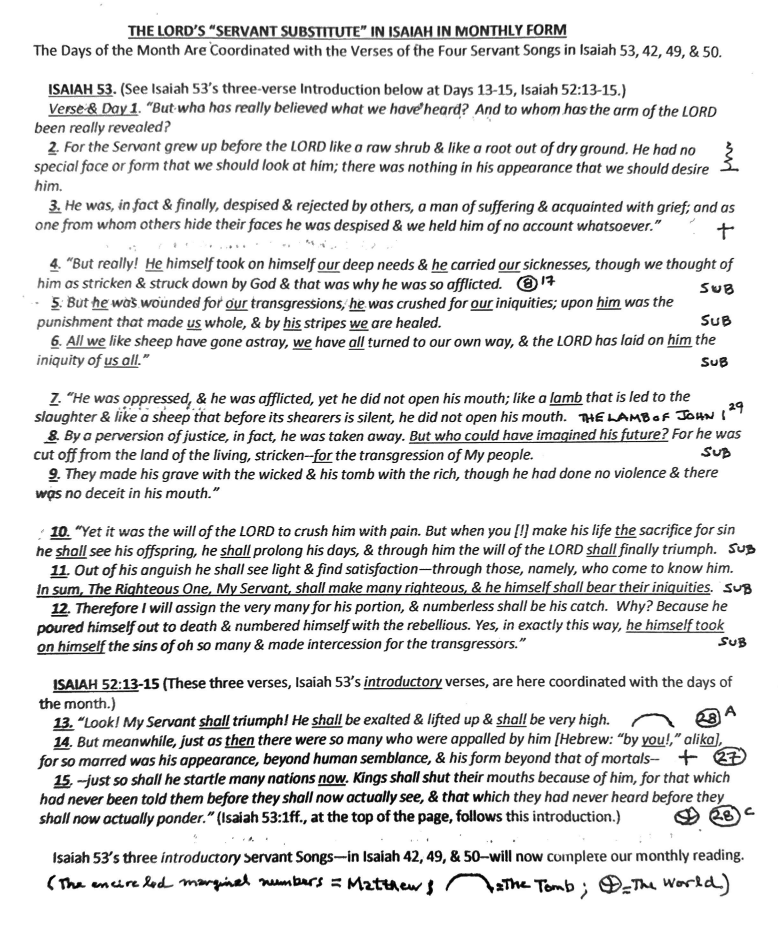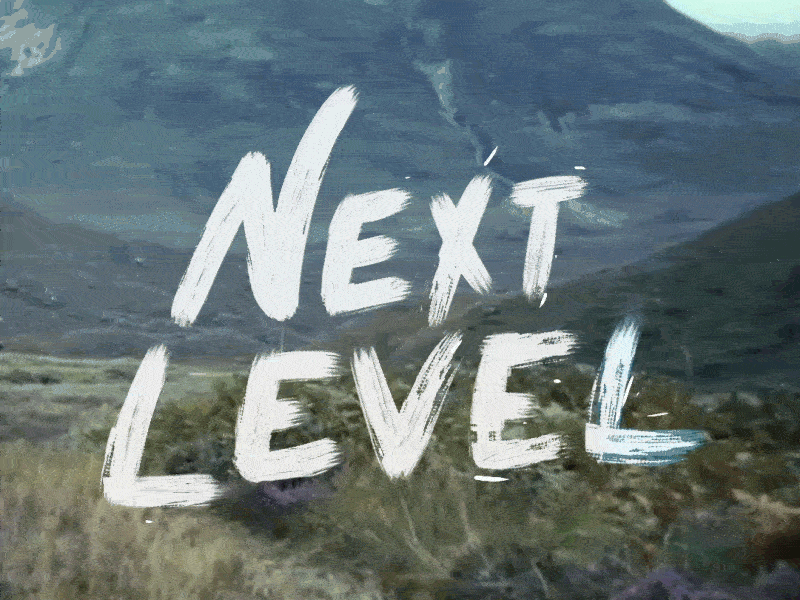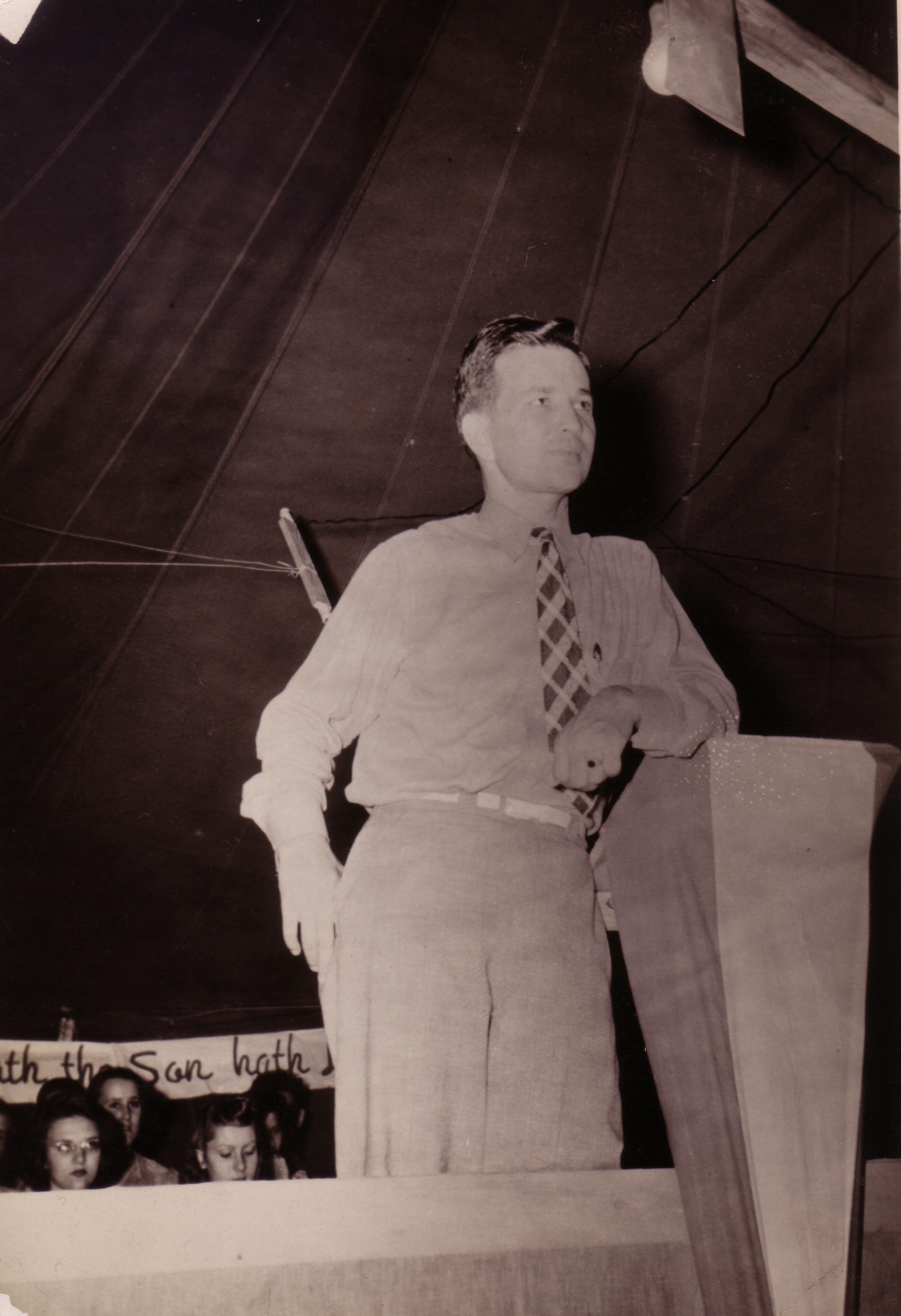“And then he begins to tell the story.”
These are the final words of Daniel James Brown’s 2014 bestselling book The Boys in the Boat, the tale of the University of Washington rowing team that became United States Olympic champions in 1936. The final words symbolize the reality that—like the tale Coleridge’s Ancient Mariner was compelled to tell again and again—the boys’ journey from humble beginnings to Olympic heroism is a tale worth the telling. And the retelling.
The Boys in the Boat is a tale of different people each honing their craft. That word, “craft,” is enjoying a cultural renaissance. The word has been broadened from its historical meaning—“an occupation or trade requiring manual dexterity or artistic skill,” to borrow Merriam-Webster’s definition—and is now used more widely to refer to any activity done well. For example, writing or public speaking may be considered crafts. A skilled interior designer or a talented gymnast may be called a craftsperson. We admire the craft in someone’s ability to direct a film, to bake a soufflé, or to play the violin. At the 2016 Kennedy Center Honors celebration, Kevin Spacey honored his friend and fellow actor Al Pacino first by a tongue-in-cheek lesson on how to imitate Pacino, and finally with these words: “The reason we all love to do an impression of Al Pacino is that he’s created characters that are unforgettable, and that’s because, for Al Pacino, it’s not just business. It’s craft.”
This expansion of the meaning and use of the word craft is a positive development, because it allows us to recognize the craft in far more than the traditional fields that may come to mind when we first think of craft (e.g., woodworking). Instead, craftspeople of all kinds may be identified by five characteristics: being skilled and being recognized for what they do, possessing a deep love for their craft, understanding the technique of their craft, seeing things no one else can see, and connecting dots of cause and effect.
Craftspeople are skilled at their craft and recognized for their excellence
The first point to be made about craft is, perhaps, the simplest: craftspeople are skilled at what they do and are generally recognized and admired for their excellence. I say “generally” because the existence of an immensely skilled craftsperson whose skills are unknown—or who lives in so remote a location that they are not widely appreciated—is possible. It is conceivable that the world’s greatest chef is an unheralded mother of three living in the Aleutian Islands. Equally conceivable is the craftsperson whose skills remain undiscovered; I may be the world’s greatest metallurgist, but we will never know because I never tried my hand at metallurgy.
By and large, though, craftspeople have—through hard work, practice, time, wisdom and experience—developed the skills they need to become extraordinary practitioners of their craft. Craftspeople are excellent at what they do and recognized for being so. “Excellence,” like “craft,” is a word enjoying a resurgence of use and meaning. Excellence can be found in professions of every sort. The programmer with a knack for writing clear, efficient code demonstrates excellence. The kindergarten teacher whose students hang on her words demonstrates excellence. The singer whose voice soars through a Puccini aria demonstrates excellence.
George Pocock, who constructed the University of Washington’s beautiful and aerodynamic boats, demonstrated excellence. “He didn’t just build racing shells. He sculpted them,” explains Brown. “Looked at one way, a racing shell is a machine with a narrowly defined purpose: to enable a number of large men or women, and one small one, to propel themselves over an expanse of water as quickly and efficiently as possible. Looked at another way, it is a work of art, an expression of the human spirit, with its unbounded hunger for the ideal, for beauty, for purity, for grace. A large part of Pocock’s genius as a boatbuilder was that he managed to excel both as a maker of machines and as an artist.”
Excellence is a hallmark of the craftsperson—without it, what you have done is not craft. It may be crafty—you may be working with materials normally associated with the word “craft” or “crafts,” or using tools misleadingly called Craftsman—but true craft is marked by excellence.
Recognition and admiration are byproducts of craft. From Olympic athletes to talented artists, from skilled carpenters to eloquent speakers, we recognize the work of craftspeople and give them their due. Craft guarantees neither fame nor fortune, but it is appreciated within appropriate contexts—one’s community, for instance—and often serves as an entry to broader realms. The woman whose craft is skiing begins on the slopes near her home but may end up thousands of miles away, competing on behalf of her country. With craft comes options, the ability to do and be more.
Often, though, the desire for admiration is secondary to another hallmark of a craftsperson: a love of what they do.
Craftspeople possess a deep love for their craft
Craft is found at the intersection of skill and passion. Not only do craftspeople demonstrate excellence in their chosen field, they also love it. When you see people engaged in their craft, there is often a look in their eyes of profound enjoyment, extreme concentration, or satisfaction and pride. Craft is a fulfillment of a dream, in the sense Sharon Daloz Parks uses the word: “The Dream, with a capital D, is something more than night dreams, casual daydreams, pure fantasy, or a fully designed plan. This dream has a quality of vision. It is an imagined possibility that orients meaning, purpose, and aspiration.” The craftsperson possesses a deep love for her or his craft. This love is deeper than simple delight, though. It is a matter of calling, of the vision Parks writes of. It is a matter of vocation.
The subject of vocation is worthy of its own article, its own book, perhaps its own life study, so I can only touch on it here. Parker Palmer’s definition of vocation is still one of the most interesting: “Vocation at its deepest level is, ‘This is something I can’t not do, for reasons I’m unable to explain to anyone else and don’t fully understand myself but that are nonetheless compelling.’” Vocation, by this definition—the thing we “can’t not do”—is a force that compels us, that drives us. Our vocations are those things we would do even if we received no benefit from them. Our individual vocations are not the paths we have pursued because we are paid to do them or rewarded for doing them (though sometimes both happen), but because we can’t imagine life without them. True vocation is found in the musician who plays her instrument whether in the privacy of her own home or on stage in front of a crowd, the person who counsels people whether one-on-one in personal relationships or in the setting of a therapist’s office, the storyteller who works on his unpublished novel at night and tells companies’ stories as a copywriter by day. Vocation is the activity to which we are drawn, the answer to the call we hear, the thing we will do regardless.
A person engaged in honing their craft is also living out their vocation; the two are inseparable. The passion—the sense of this is what I need to be doing—that comes along with vocation is present in every true craftsperson. People whose craft involves a physical ability that wanes with time usually find a way to be involved with their craft beyond their body’s ability to excel at it. In other words, Michael Jordan still practices the craft of basketball, but as an owner. Mary Lou Retton remains involved in gymnastics as a television analyst. Wayne Gretzky has served as an advisor to the Canadian Olympic hockey team. Craft does not go away. Like vocation, it is the thing craftspeople can’t not do, even if how they practice it changes and adapts with time.
Craftspeople understand the technique of their craft
Technique is the nuts and bolts part of craft. To build houses, you must possess some knowledge of architecture, understand how a foundation is made, be well versed in framing, plumbing, electrical systems, and much more. To compose music, you must understand key and time signatures, note values, clefs, chords, instrumentation, and much more. To shape human lives, you must understand psychology and spirituality, the workings of head and heart. And, yes, much more. To be a craftsperson, you must know the technique of your craft.
The search for proper technique and how to better it can become something of an obsession. Pianist Glenn Gould gave up live performances at the peak of his career to focus on playing in the studio, where he believed he could use technology to produce flawless recordings, particularly of the music of Johann Sebastian Bach. The technically perfect performance was, for Gould, the most beautiful, and he spent his final decades in pursuit of such perfection. In June 1997, golfer Tiger Woods and his coach Butch Harmon embarked on the work of changing Woods’ swing; he was ranked second in the world and had won the Masters Tournament two months earlier. The search for technical perfection can seem irrational to the observing world, but to the craftsperson it is the necessary work of honing one’s craft.
In The Boys in the Boat, Daniel James Brown explains how George Pocock designed boats to be a fast as possible. Pocock needed an understanding of aerodynamics, of the properties of the wood with which he worked, of how seats and oars are affected by the bodies that use them. The following passage illustrates Pocock’s technical mastery of boatbuilding:
There was one more thing about cedar—a sort of secret that Pocock had discovered accidentally after his first shells made of the wood had been in the water for a while. People had taken to calling them “banana boats,” because once they were exposed to water both their bows and sterns tended to curve ever so slightly upward. Pocock pondered this effect and its consequences and gradually came to a startling realization. Although cedar does not expand or swell across the grain of the wood when wet, and thus tends not to warp, it does expand slightly along the grain. This can amount to as much as an inch of swelling in the length of a sixty-foot shell. Because the cedar was dry when attached to the frame but then became wet after being used regularly the wood wanted to expand slightly in length. However, the interior frame of the boat, being made of ash that remained perpetually dry and rigid, would not allow it to expand. The cedar skin thus became compressed, forcing the ends of the boat up slightly and lending it what boatbuilders call “camber.” The result was that the boat as a whole was under subtle but continual tension caused by the unreleased compression in the skin, something like a drawn bow waiting to be released. This gave it a kind of liveliness, a tendency to spring forward on the catch of the oars in a way that no other design or material could duplicate.
To Pocock, this unflagging resilience—this readiness to bounce back, to keep coming, to persist in the face of resistance—was the magic in cedar, the unseen force that imparted life to the shell.
If you are like me, you only partly understand the effect of cedar described in this passage, but it’s clear that Pocock not only understood the technical details of cedar’s expansion, but was able to incorporate his findings into his craft.
Without a deep understanding of technique, excellence cannot be achieved, and without excellence there is no craft.
Craftspeople see things no one else can see
It is tradition that the renaissance artist Michelangelo—sculptor of the Statue of David and painter of the famous Sistine Chapel ceiling—once said, “In every block of marble I see a statue as plain as though it stood before me, shaped and perfect in attitude and action. I have only to hew away the rough walls that imprison the lovely apparition to reveal it to the other eyes as mine see it.”
This is another hallmark of craftspeople: they are people who sees things no one else can see, who can look at something related to their craft and understand its potential. It is the potential of a sculpture Michelangelo saw in marble, the potential of a boat George Pocock saw in trees, the potential of a breakthrough a great football running back sees in how players are formed on the field. Craftspeople not only see these opportunities, they know how to use them and make something wonderful out of them.
Being talented at your craft means being able not only to see things people can see, but to see things others might reject. Joe Rantz, one of the rowers on the University of Washington team, spent a summer collecting wood for roof shingles for his friend Charlie McDonald. “Joe was fascinated,” Brown writes, “intrigued by the idea that he could learn to see what others could not see in the wood, thrilled as always at the notion that something valuable could be found in what others had passed over and left behind.” The craftsperson is the person who looks and sees something others might miss. This is part of what makes the talent of a craftsperson immediately recognizable: we watch them at work and think to ourselves, “I never would have thought to do that. I never would have tried that approach. I never would have guessed it could be done that way. I never thought that raw material would be useful for anything, or could have been used in such a manner.” We recognize the craft of actors who present characters with astonishing realism—how did they think to approach the line in that way? We recognize the craft of poets who string words together in ways we never imagined the English language could bend. We recognize the craft of the birdwatcher who spots the rara avis in the same vista we have been looking at with no success. “But wait,” you protest, “that last example isn’t like the first two. The birdwatcher merely knows where to look.”
But that’s exactly it. Craftspeople know where to look.
Craftspeople have the ability to connect the dots of cause and effect
Seeing something other people cannot see is about looking inside something—whether it is a piece of wood, a formation of players, a panorama—and having the talent to spot what you are looking for. It is about the considering that which is internal. Craftspeople, though, can also look at external factors and connect the dots of cause and effect. To know your craft is to understand how one action leads to another and another and another; it is to appreciate the domino effect certain actions have.
Skilled chess players are well known for being able to predict what will happen not just on this turn, but several turns farther along. If I move this piece now, such-and-such will be the consequence in four plays. Russian chess master Eugene Znosko-Borovsky said, “It is not a move, even the best move that you must seek, but a realizable plan.” The craftspeople of chess know the game is as much about the consequences of your moves as the moves themselves. Unless one can look ahead and envision what is likely to happen, one will never be great at chess. One will never understand chess as craft.
George Pocock’s craftsmanship was not all about boats—he also understood the craft of training rowers with potential to be great athletes. Tasked by coach Al Ulbrickson with helping to refine the crew who would be rowing, Pocock took notice of Joe Rantz. Rantz was not performing as well as Pocock believed he could and should be. Pocock connected the dots: he saw that Joe Rantz’s personal trials—a childhood of poverty, the death of his mother and eventual abandonment by his father and stepmother, struggling to make ends meet and stay in school—had vital consequences on his ability to row. Joe found it hard to trust people, but trust is a necessary characteristic for rowers who must trust their boatmates completely. Brown writes, “For Joe, who had spent the last six years doggedly making his own way in the world, who had forged his identity on stoic self-reliance, nothing was more frightening than allowing himself to depend on others. People let you down. People leave you behind. Depending on people, trusting them—it’s what gets you hurt. But trust seemed to be at the heart of what Pocock was asking. Harmonize with the other fellows, Pocock said. There was a kind of absolute truth in that, something he needed to come to terms with.” It took Pocock, a craftsman of the soul, to connect the dots in Rantz’s life that would, ultimately, make him a great rower on an unbeatable team.
Leadership as craft
Pocock’s example brings us, then, to the notion of leadership as craft. The craftspeople of Boys in the Boat are not necessarily the obvious ones—Pocock as boatbuilder or the boys in the boat who eventually honed their craft and became world champions. Al Ulbrickson, the University of Washington rowing coach, and George Pocock—in his role as a person who recognized the potential in rowers like Joe Rantz—they, too, are craftspeople. They practiced the craft of leadership.
It’s easier to recognize, perhaps, the craft in pursuits like music, art, woodworking, metallurgy, or sports than it is with a less tangible notion like leadership. Leaders who demonstrate excellence in their leadership, though, are every bit the craftspeople artists and athletes are.
Who are the craftspeople in your organization, the ones who demonstrate excellence in their leadership, love taking on leadership roles, understand the techniques of leadership, see things no one else sees, and are able to connect the dots of cause and effect? More importantly, do you know who the leaders in the next generation of your organization will be? Who is developing your future craftspeople, the ones who will know the how and the why of your organization? Who sees the future and has the ability to move your organization into it? Who is the person who understands the strategies and programs your organization will need to pursue to change the lives of those you serve?
These are vital questions. The good news is that craftspeople are made, not born. We speak of a person honing their craft, because craft requires patience, persistence and practice. Leadership as craft is no different. One can learn to be a leader/craftsperson, but one must be taught.
It is up to those of us who in senior positions of leadership in organizations to train the next generations of leaders, and thus ensure the health and growth of our organizations beyond our own tenures. Steve Garber, of the Washington Institute, tells the story of Frank Lloyd Wright’s estate, Taliesin, and the fellows who learned from him there:
Taliesin became the place where Frank Lloyd Wright would invite his students to come in. They weren’t architecture students; they were already architects. He invited them to come in and learn visions and skills about being an architect. They had an opportunity to come live with Frank Lloyd Wright and look over his shoulder and through his heart. In the next generation, Fay Jones—one of his Taliesin fellows—was commissioned by Jim Reed in Arkansas. Jones wasn’t doing Frank Lloyd Wright’s work, he was doing his own work. But if you look at the Thorncrown Chapel in the woods of Arkansas, you think, “I can see an echo here.” Differently done than Wright’s work, of course, but you can see a teacher and a student, a mentor and an apprentice, at work in the world of architecture. The truest, deepest learning always happens over the shoulder and through the heart.
This notion of someone learning “over the shoulder and through the heart” of another is one way craft may be passed from one generation to the next. It is an apprentice model of learning whereby a learner benefits from the wisdom and experience of a person who excels in their field.
A ride-along is one practice through which one may learn the craft of leadership, a practice that lets learners look over the shoulder and through the heart. In a ride-along, an apprentice joins a mentor throughout a certain time period—even just a day or a portion of a day—to witness the meetings, work and responsibilities the leader has. Throughout the ride-along, the apprentice can ask questions and learn, through exposure to the leader’s skill, how the craft of leadership is exercised.
Do you make time for ride-alongs? Do you make time to nurture the next generation of leaders in your organization? Do you teach and promote the craft of leadership? And if not, why not? How will your organization fare in the future without craftspeople in leadership positions?
Honing a craft is often a lifelong endeavor, and craftspeople are usually the first to say they have room for improvement. As we look to steward our organizations in years to come, let’s not forget the most important craftspeople—not us, but those who will follow us and learn to practice what is perhaps the most vital craft for an organization’s health and vitality: leadership.
You can download Tom’s steps for morning and evening prayer here.
By Terry Stokesbary, Senior Program Director, M.J. Murdock Charitable Trust







